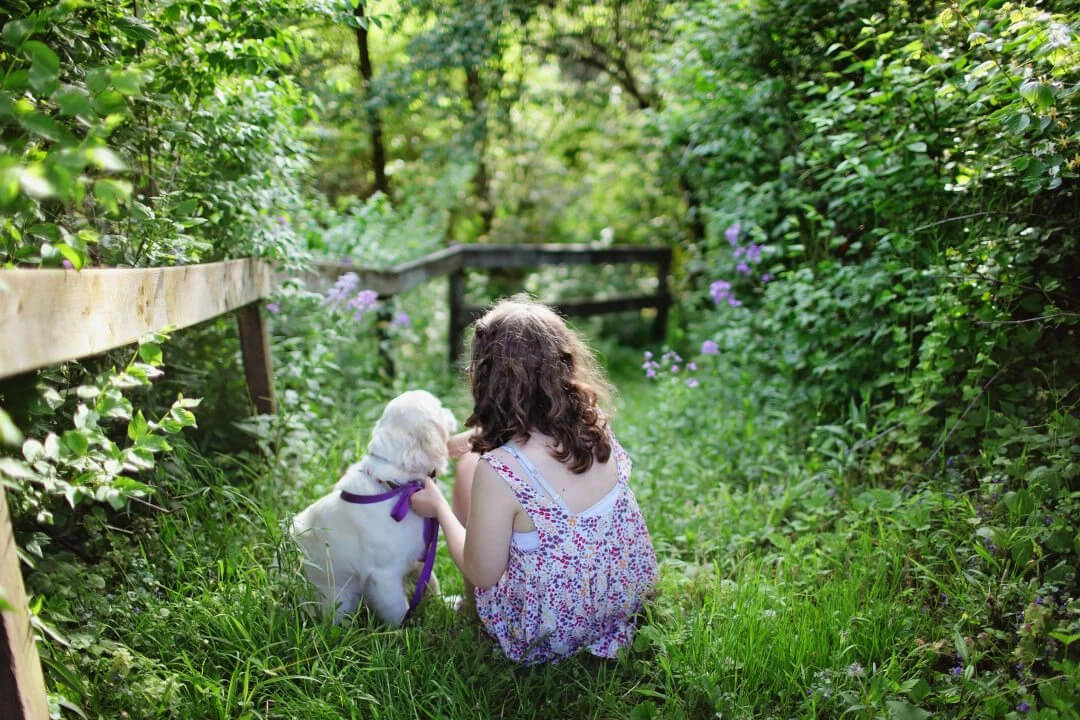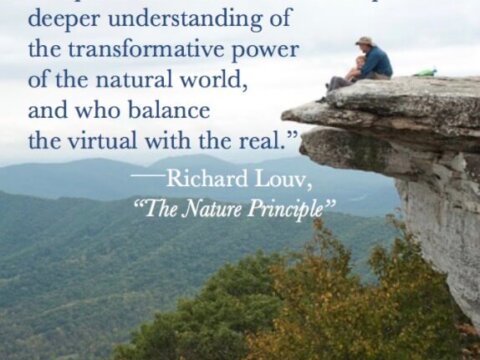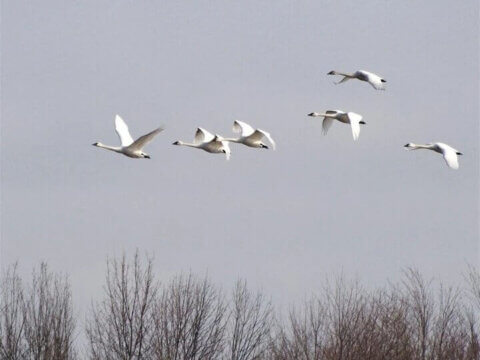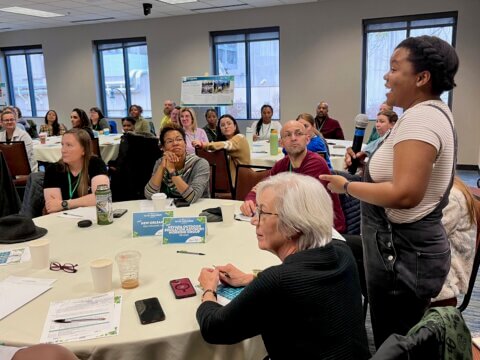NATUREHOOD: Rediscovering Nature in Your Neighborhood

I was raised in the 50’s and 60’s. My neighborhood was a street of 20-30 houses, a range of farmers’ fields, a nearby gravel-pit and a good-sized creek. Across the railway tracks was a large city park with baseball fields, picnic tables and a forest with trails. I’d leave the house and be gone for the day roaming around that neighborhood— running through the cornfields, building rafts and hunting for squirrels— and would often end up a couple of miles from my house. My mum and dad weren’t that concerned because I was a pretty good kid. I understood safety (even though I took risks). And if I was going to be late, I could just stop at a nearby house to call home.
Of course, childhood looks a lot different now. Children today spend 90% of their time indoors. While I could identify most local plants and animals as a child, today most children can’t name the five most common birds. I rarely watched television; children today spend up to seven hours a day in front of a screen. As childhood has migrated indoors, our sense of neighborhood has changed drastically. Today, children often don’t know their neighbors. And they seldom even leave the safety of their backyard, never mind roam the neighborhood. These trends continue despite increasing literature and knowledge about the negative effects of a lack of outdoor time on an individual’s mental, physical and spiritual health.
 To counter this trend, Nature Canada has developed a program called NatureHood— or nature in your ‘hood. The goal of NatureHood is to connect urban children and families with nearby nature in their neighborhoods, right where they live. Working closely with local organizations across the country, Nature Canada’s NatureHood program provides children and families opportunities to explore, play and develop a long-lasting relationship with nature in their communities through a variety of nature-based activities and events. NatureHood aims to inspire children with a sense of wonder and appreciation for nature, and ultimately help to foster the next generation of nature lovers and future leaders to protect natural places.
To counter this trend, Nature Canada has developed a program called NatureHood— or nature in your ‘hood. The goal of NatureHood is to connect urban children and families with nearby nature in their neighborhoods, right where they live. Working closely with local organizations across the country, Nature Canada’s NatureHood program provides children and families opportunities to explore, play and develop a long-lasting relationship with nature in their communities through a variety of nature-based activities and events. NatureHood aims to inspire children with a sense of wonder and appreciation for nature, and ultimately help to foster the next generation of nature lovers and future leaders to protect natural places.
Imagine that, in thirty years, 80% of us will be living in urban landscapes, with most of us in mega-cities of 20 million or more. What will our connection with nature and our neighborhood be like then? Without a conscious effort, the connection to nature could be lost.
Nature conservation begins when we are young, in association with the neighborhoods where we grow up. We need to increasingly introduce urban children and families to nature-based activities close to home: in their ‘hood! It is essential that we promote urban parks and treed streetscapes. These outdoor activities will lead to a sense of belonging, perhaps a sense of neighborhood. The connection to nature brings a value set that respects the environment and the need to protect it, which brings with it the health-related benefits we all need, plus hope for the future.
It seems pretty clear that being outside in nature must once again become an essential part of our family dynamic and cultural identity. There is perhaps no better place for that than in our local nature ‘hoods.
Bob Peart is the Chair of Nature Canada and the founding Chair of the Child and Nature Alliance of Canada. Bob is a committed advocate for protecting nature and has a life-long passion for sharing his love for nature and getting children and their families reconnected to the outdoors.
-
Voices
CAMPING WHILE PARENTING: A Mother-Son Adventure
-
Feature
A common thread: Indigenous-led foundation weaves together activism and art, climate and community
-
Network News
Community Spotlight: Prescribe Outside
-
Voices
That’s nice, mija: Finding common language in nature connections
-
Richard Louv
"HUMMINGBIRD PARENTS": Seven Actions Parents Can Take To Reduce Risk And Still Get Their Kids Outside




